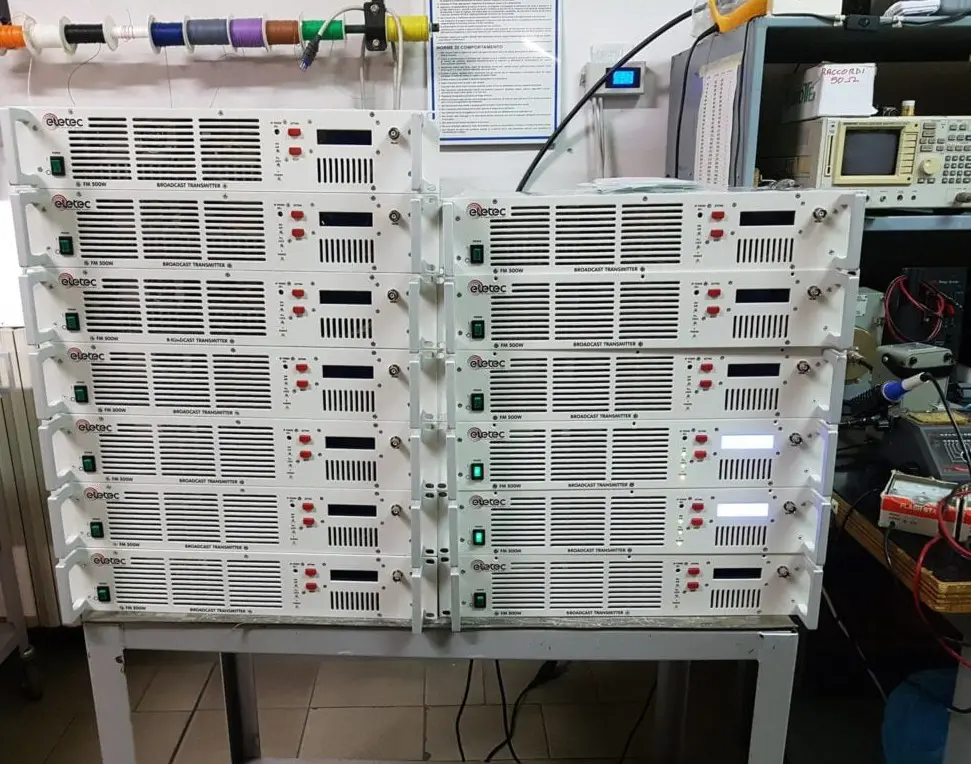Broadcast Transmitters

Broadcast Transmitters
Broadcast transmitters are essential devices used in the transmission of television, radio, and other broadcast signals. These transmitters convert audio and video signals into electromagnetic waves, which are then broadcast over the airwaves to be received by radios, televisions, and other receiving equipment.
Types of Broadcast Transmitters:
-
AM (Amplitude Modulation) Transmitters:
- Used for AM radio broadcasting.
- Modulates the amplitude of the carrier wave to transmit information.
-
FM (Frequency Modulation) Transmitters:
- Used for FM radio broadcasting.
- Modulates the frequency of the carrier wave for audio transmission.
-
TV Transmitters:
- Used for transmitting television signals (analog or digital).
- These may operate on different frequencies (VHF, UHF) depending on the broadcasting system.
-
Digital Broadcast Transmitters:
- Used for transmitting digital television and radio signals, such as DVB-T (Digital Video Broadcasting-Terrestrial) or DAB (Digital Audio Broadcasting).
- Provides clearer sound and higher-quality images compared to analog transmissions.
Key Components of a Broadcast Transmitter:
-
Modulator:
- Modifies the carrier wave with the audio or video signal, depending on the type of broadcast.
-
Amplifier:
- Increases the power of the modulated signal to ensure it can cover large distances.
-
Antenna:
- Radiates the amplified signal into the air so it can be picked up by receivers.
-
Power Supply:
- Provides the necessary energy for the transmitter to operate.
-
Exciter:
- Generates the initial radio frequency signal that is later modulated and amplified.
Broadcast transmitters are crucial for reaching large audiences and ensuring that radio and television programs can be received over vast geographical areas.

